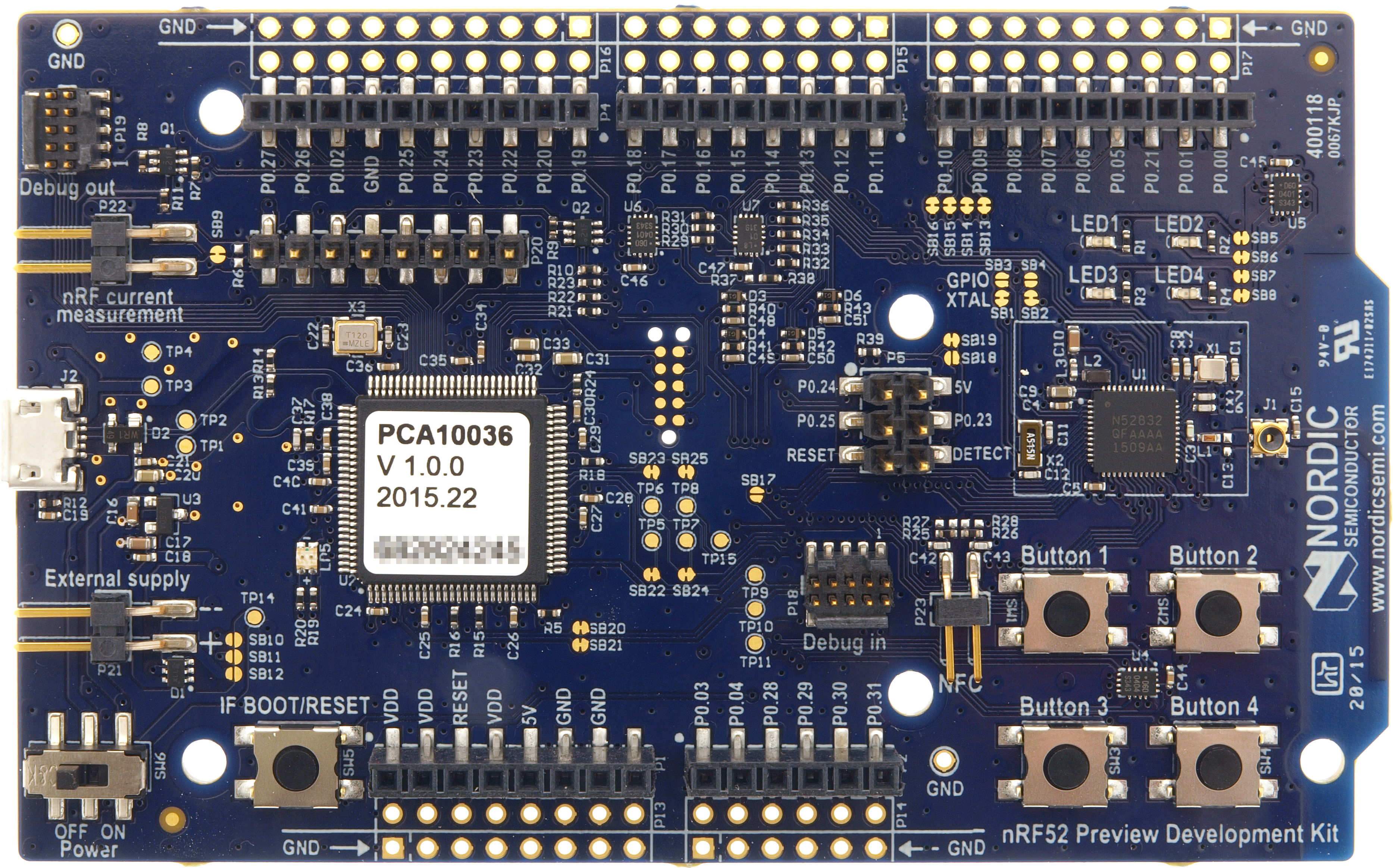- Home
- Symmetry Blog
- Nordic Semiconductor on 'What next for Wireless Asset Tracking' from Wireless Design Magazine
Nordic Semiconductor on 'What next for Wireless Asset Tracking' from Wireless Design Magazine
About John Leonard
Product Marketing Manager From Nordic Semiconductor
The asset-tracking sector has evolved rapidly since mobile phone networks provided the platform for machine-to-machine (M2M) communication. Today, asset tracking is a dynamic market with a very wide variety of use cases, taking advantage of almost all available wireless technologies. Disparate applications—from tracking logistics pallets to checking out library books—use a mixture of RFID, NFC, GSM, GPRS and 3G networks, Wi-Fi, Bluetooth wireless technology and countless proprietary products.
Today, for example, logistics pallets moving around the supply chain are tracked using GSM radio modems combined with GPS systems so they can be monitored continuously across the world. Other applications, such as inventory management, use RFID tags read by scanners to determine which products are in what warehouse locations.
Emerging more recently, asset tracking systems based on Wi-Fi and Bluetooth (and Bluetooth low energy) wireless technology offer location determination on a scale somewhere between GSM radio and RFID technologies. For example, a Wi-Fi asset-tracking system used to locate medical equipment in a hospital can get its location by triangulating received signal strength indicator (RSSI) measurements from Wi-Fi access points positioned in known locations around a hospital campus.
And for inventory management, active Bluetooth low energy tags, with a read range of a tens of metres, can wirelessly communicate when necessary with bridge devices installed on warehouse shelves, without a person having to physically scan the individual tags, for an up-to-date picture of inventory. As the cost of Bluetooth low energy Systems-on-Chip with integrated processing power continues to fall, these tags will eventually become viable even for one-time, disposable use.
Since there are so many varied use cases in asset tracking, proprietary wireless protocols remain popular for niche applications.
The latest development in asset-tracking systems is Cloud connectivity which enables the tracked device to become part of the Internet of Things (IoT). Sending data from asset-tracking tags to the Cloud means the information can be easily stored and then analysed to reveal interesting business insights. The data can also be readily accessed from a computer or smartphone for use with an app, if desired, while maintaining the appropriate level of security.
However, linking short-range technologies such as Wi-Fi and Bluetooth technology to the Cloud becomes difficult if the tracked object is mobile. Such mobility can mean movement out of range of a Wireless Local Area Network (WLAN), breaking the link with the asset.
One upcoming solution for mobile asset tracking is relatively inexpensive, low-power, long-range wireless modems that leverage the LTE cellular network. Technologies such as LTE-M (for M2M) and narrowband (NB)-IoT will use 4G cellular networks that can easily accommodate IoT traffic: both will have ranges of tens of kilometres, and are efficient enough to enable battery lifetimes of several years. These new technologies will give asset tracking systems access to a global infrastructure at a price that will allow virtually any parcel to be tracked wherever it is in the world.
IoT connectivity is the next step in asset tracking’s evolution and many existing applications will end up sending data to the Cloud. Such systems will even transmit data from onboard environmental sensors revealing how assets were handled and stored during transport (which could encourage couriers to take even more care of valuable, fragile, rare or perishable items) as well as the physical location of the cargo. As LTE-M and NB-IoT become established and the cost of electronics continues to fall, it will become viable to track even the lowest-value assets - leading to faster delivery, fewer losses, lower parcel prices, and greater convenience.
For additional Nordic Semiconductor product information or technical support, contact Symmetry Electronics, and authorized distributor of industry leading wireless, audio/video and embedded chips modules and development tools, call (877) 466-9722.

